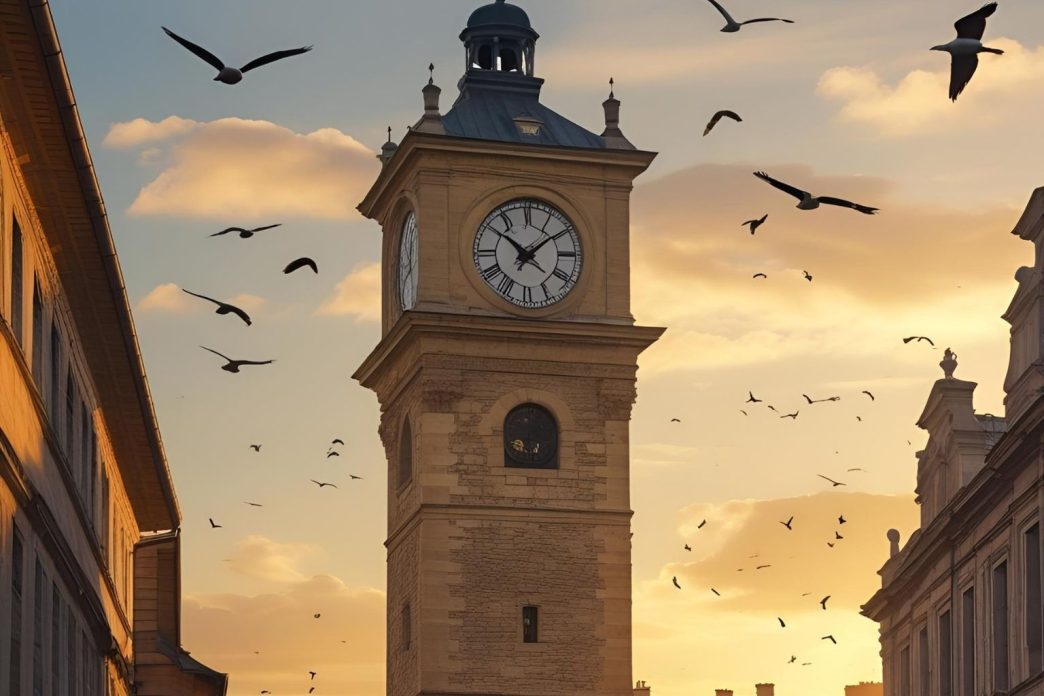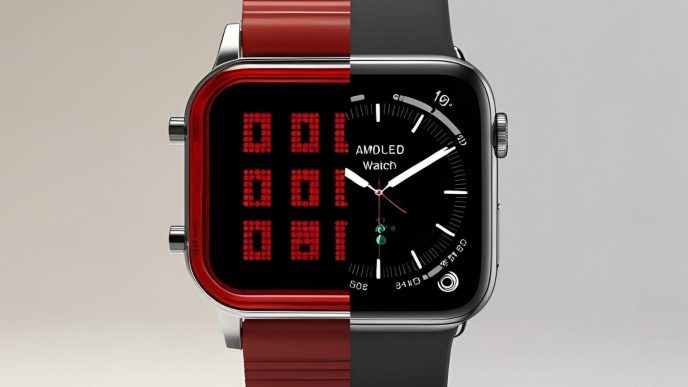Once the heartbeat of cities, clock towers are making a quiet return to the urban landscape. Though their practical function may have faded in the digital age, these towering structures remain deeply symbolic—connecting past and present through architecture, heritage, and design. Clock towers are being rediscovered as cultural monuments, visual landmarks, and storytelling devices.
From Medieval Europe to Modern Skylines
The origins of clock towers go back to medieval Europe, where they were often attached to churches, town halls, or public squares. Before personal watches became common, these communal timekeepers helped regulate daily life. Over centuries, they evolved into symbols of civic pride and architectural sophistication.
Why the Revival Today?
- Urban Identity: Cities seek to reconnect with their historical roots through restoration of original clock towers.
- Tourism Appeal: Their visual grandeur attracts tourists and social media photographers alike.
- Cultural Memory: They evoke nostalgia for older generations and curiosity in younger ones.
- Architectural Fusion: Some modern buildings now incorporate digital clock towers, blending tradition with innovation.
Famous Examples Worldwide
- Prague Astronomical Clock Tower (Czech Republic)
- Big Ben (United Kingdom)
- Dolmabahçe Clock Tower (Istanbul, Turkey)
- Philadelphia City Hall Clock Tower (USA)
Each tower represents more than time—they embody the craftsmanship, aesthetics, and social fabric of the eras in which they were built.
Conclusion:
Clock towers are not just instruments to tell time—they are monuments of time itself. Their return to cityscapes signals a deeper appreciation for heritage and design. Though silent, they continue to speak to the rhythm of urban life and collective memory.















